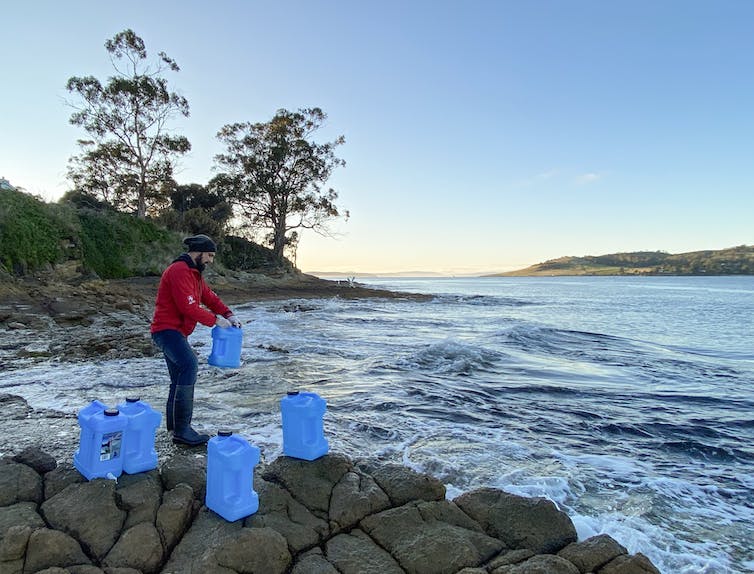Since 1994, people relying on the use of public buildings in the UK have, without knowing it, been let down by the use of Reinforced Autoclaved Aerated Concrete (RAAC): a cheaper, lightweight alternative to traditional concrete, but one that has an average lifespan of only 30 years. Now, as some schools face closure ensue at what would have been the beginning of term, the Department for Education has come under fire for its timing and for its previous lack of action. But it’s not just a safety issue: it’s a human rights issue.
So far, 572 schools have been identified that might contain RAAC, but the actual number is thought to be higher given that the number of public buildings that contain RAAC is currently unknown. What is known is that more than 8,000 schools still need to be checked for the material.
In recent years, the substandard or dangerous quality of construction and levels of maintenance of buildings in the UK have adversely affected wide sections of the British public, including those in social housing and private/public buildings, as well as institutions such as schools and medical practices. This raises a wider issue regarding the right to an adequate standard of living – especially in fatal cases, such as those who lost their lives in Grenfell, due to the use of flammable cladding.
Over 8,000 schools yet to be checked
In March 2020, the Department of Education requested that schools and other bodies report the presence of RAAC to the department. At the time, schools were shut due to lockdown restrictions issued by the government, in response to Covid-19, but 95% still responded to the survey.
The education secretary, Gillian Keegan, explained that the recent decision to close some schools was made following the advice of structural engineers, who defined the schools as being in a critical or non-critical situation. She stated: “The Institution of Structural Engineers say if it’s OK. Any critical buildings we mitigated straight away.”
In an interview with Radio 2’s Jeremy Vine, Keegan stated: “We’ve been looking at cases of RAAC in any environment over the summer. The ‘what’s changed’ moment was [when] there were three cases over the summer – one in a school outside England, a commercial property, [and] one at a school in England. You have to manage it – not tear every building down.”
Struggle to maintain schools continues
According to Keegan, what happens next is based on two lists: an initial list of schools that have been asked to close buildings, and a second list of schools that are suspected to contain RAAC. The schools on the second list are, according to Keegan, due to be surveyed within the next two weeks. Keegan has stated on the record that based on historic patterns, two-thirds of those schools are likely to be given the all-clear.
The National Audit Office reported that the Department for Education calculated it needed approximately £5.3bn a year from 2021 to 2025 in order to maintain school buildings and mitigate risks. However, HM Treasury allocated only about £3.1bn a year.
Each corner of society could be impacted
The number of hospitals in the UK that contain RAAC is currently unknown; however, in Scotland, more than 250 NHS buildings may contain the material. Twenty-seven NHS sites had previously been identified as containing RAAC, yet only three of those sites have been able to rid the premises of RAAC so far.
NHS England has stated that it anticipates RAAC assessments for hospitals and health buildings to be completed by the weekend.
According to the government, urgent tests on courts built in the 1990s are also being carried out after “dangerous concrete was found on one site”. Even before this, courts were already suffering from dilapidated conditions and severe backlogs.
Housing associations are also in the process of assessing whether the material has been used to build social housing. Chris Goodier, a professor in Construction Engineering and Materials at Loughborough University, said that RAAC has been used in “much of the building stock of the country” in both the public and private sector.




